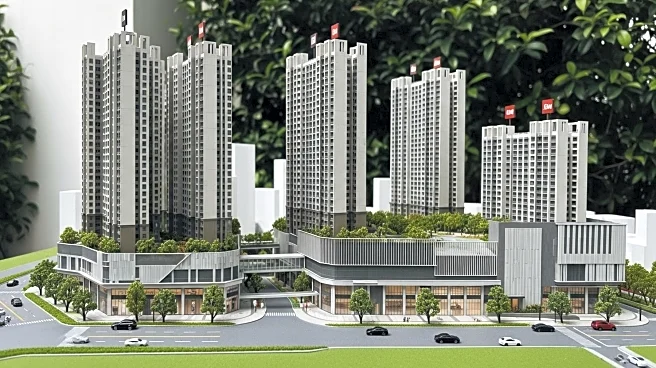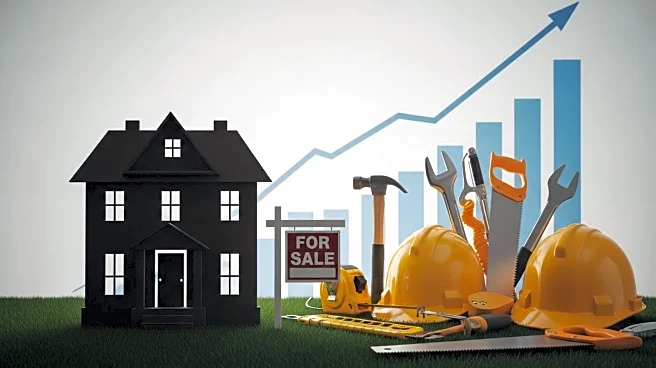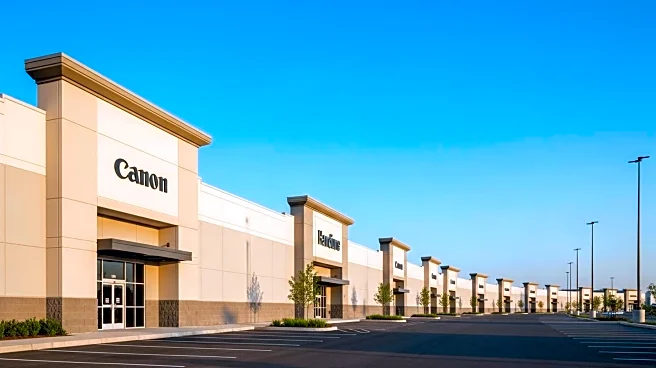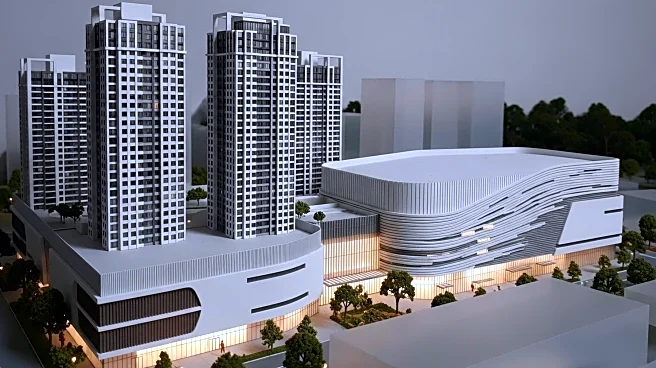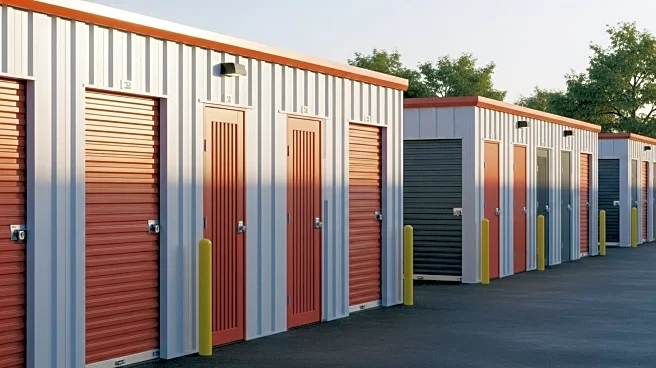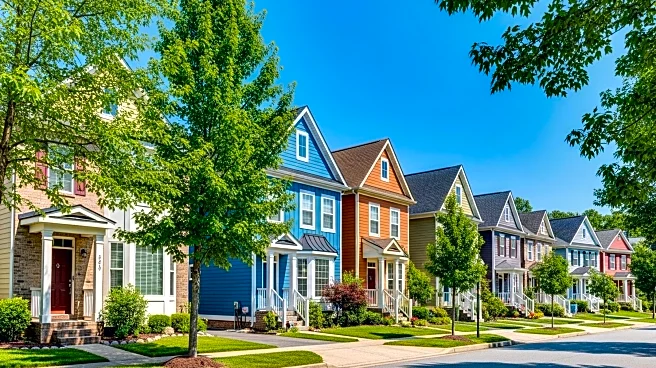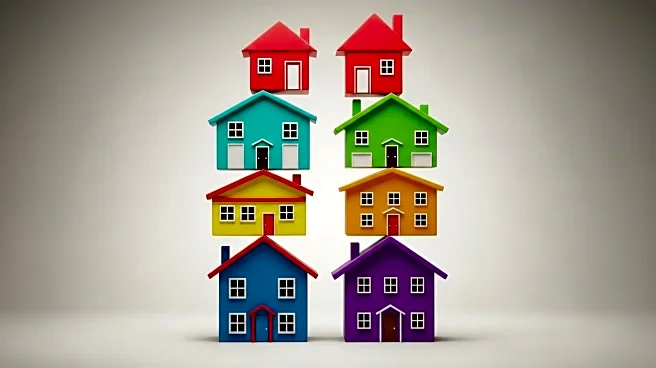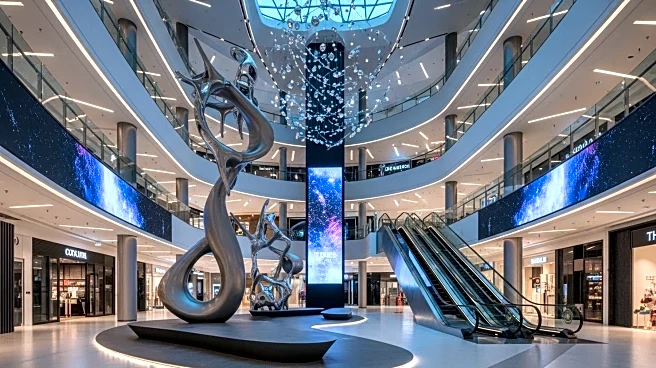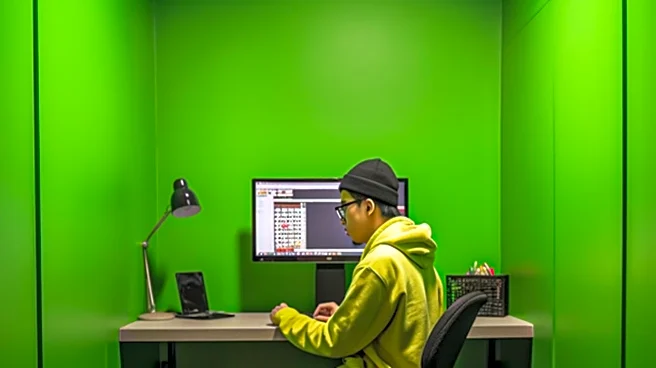What is the story about?
What's Happening?
Hawthorn Mall in Vernon Hills is undergoing a significant redevelopment known as Hawthorn 2.0, which aims to transform the mall into a mixed-use space with residential housing and retail. Phase Two of the redevelopment has been approved by the Vernon Hills Village Board and will add 290 apartments and 37,000 square feet of retail and restaurant space. The project is set to begin construction in late spring or early summer of next year, with completion expected in 2028. The redevelopment follows the successful completion of Phase One, which converted the former Sears building into an apartment complex with retail shops. The new development will include affordable housing options, with 20% of units reserved for households earning up to 60% of the area's median income.
Why It's Important?
The redevelopment of Hawthorn Mall reflects a broader trend in the U.S. where traditional malls are being transformed into mixed-use spaces to adapt to the changing retail landscape. This approach aims to revitalize malls by integrating residential housing, which can attract more foot traffic and create a community hub. The inclusion of affordable housing addresses the growing need for accessible living spaces amidst rising housing costs. This development could serve as a model for other malls facing similar challenges, potentially boosting local economies and providing new opportunities for businesses and residents.
What's Next?
Construction for Phase Two is expected to start in late spring or early summer of next year, with completion anticipated by 2028. As the project progresses, stakeholders such as local businesses, residents, and government officials will likely monitor its impact on the community and economy. The success of this redevelopment could influence similar projects across the country, encouraging more malls to adopt mixed-use models to remain relevant in the era of e-commerce.
Beyond the Headlines
The transformation of Hawthorn Mall into a mixed-use space raises questions about the future of traditional downtown areas in small cities. As malls evolve into community centers, they may draw business away from existing downtowns, potentially leading to their decline. Urban planners and local officials may need to consider strategies to support downtown areas while embracing innovative mall redevelopments.
AI Generated Content
Do you find this article useful?
